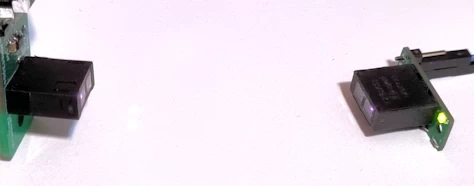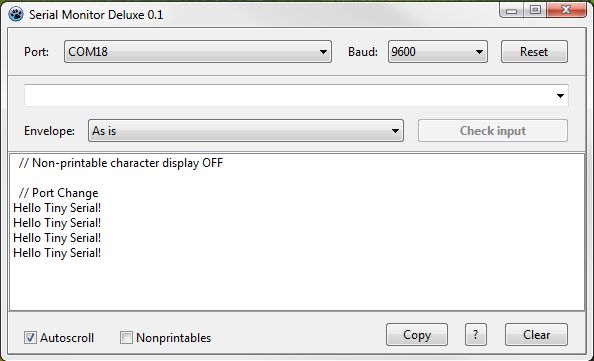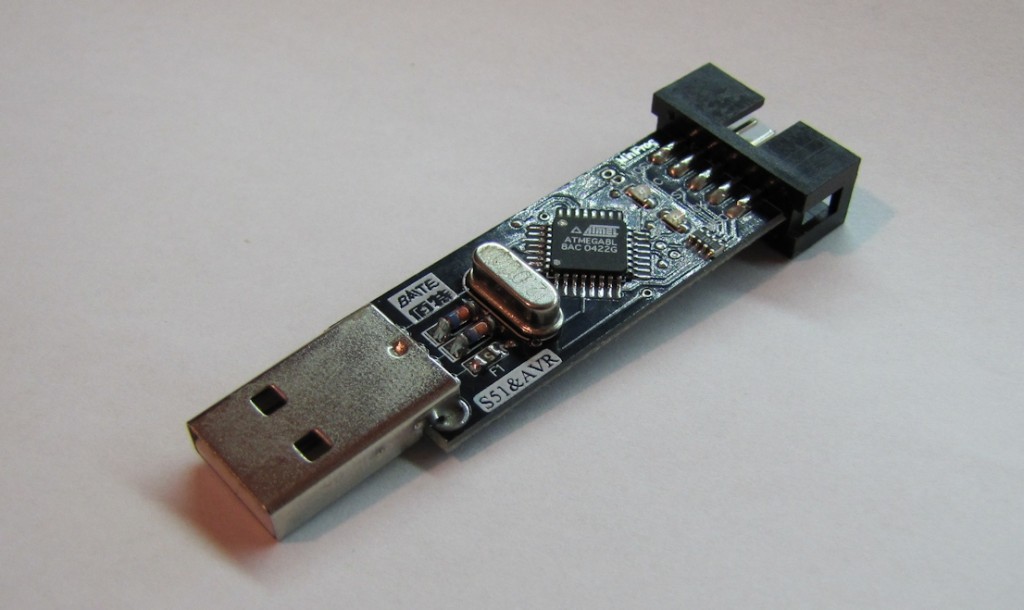Utilizing only the cheap components required for regular sensor functionality, this ATtiny212-based design adds two-way wireless communication for tweaking and reporting of its own parameters. Here’s how it came to be.

Utilizing only the cheap components required for regular sensor functionality, this ATtiny212-based design adds two-way wireless communication for tweaking and reporting of its own parameters. Here’s how it came to be.

What is the lowest possible clock frequency at which a microcontroller can still do useful work? Here’s a little project that attempts to explore this weird question.
This Chinese “8-Channel USB Relay Board” requires a 12V power supply, and it’s also supposed to plug into the PC for convenient software control. But there was nothing convenient about the software, and I wanted it to work directly with Arduino and other MCUs anyway. Here’s how I replaced the USB interface with a basic UART.
Continue reading Adding a UART Interface to a USB Relay Board
How Arduino’s Serial transmissions are constructed, and a basic demonstration of the ATtiny85 sending Serial-like messages using an internal timer and some basic bit manipulation.

Continue reading Getting an ATtiny85 to Transmit Over Serial
After playing with the Arduino for a certain period, you may feel an urge to move forward to stand-alone microcontrollers. The official way to program AVR MCUs is with the Atmel Studio IDE and an Atmel programmer/debugger, such as Atmel-ICE. But Atmel Studio is only for Windows, and the programmers are pretty expensive. Here’s an alternative.

Continue reading Programming AVR Microcontrollers With Linux (The Relatively Easy Way)